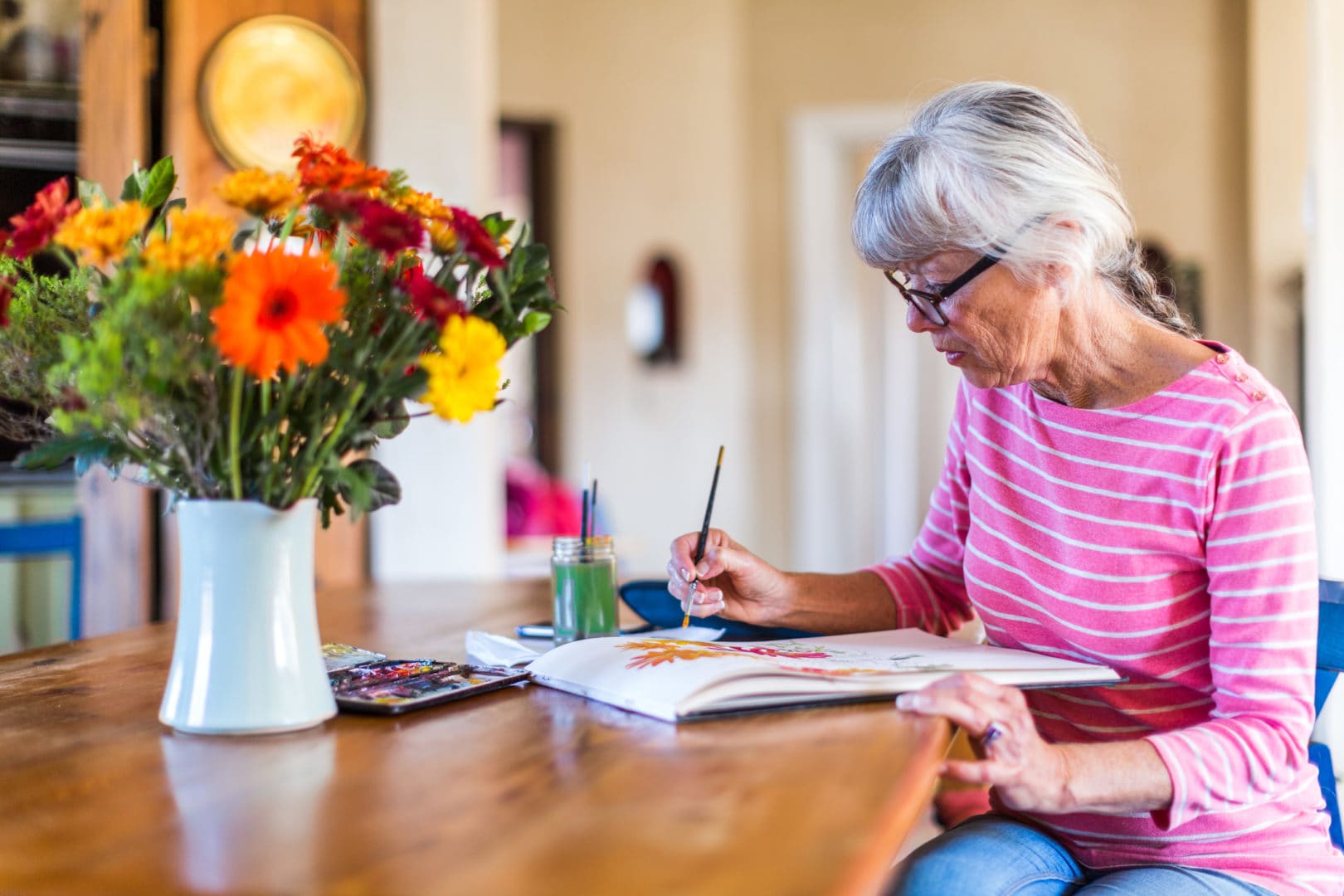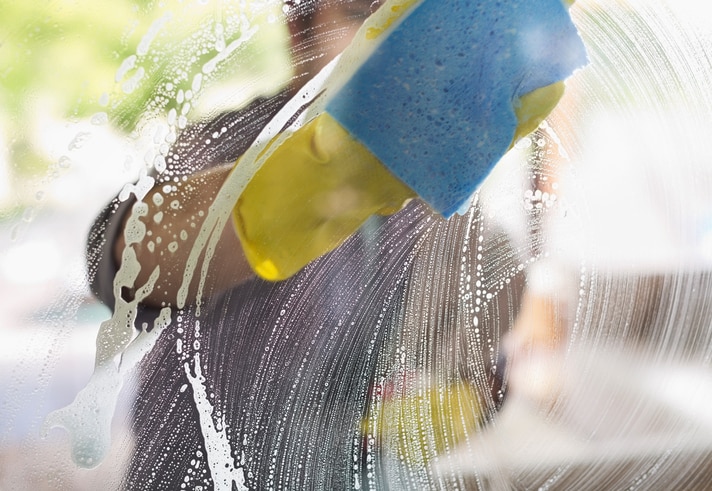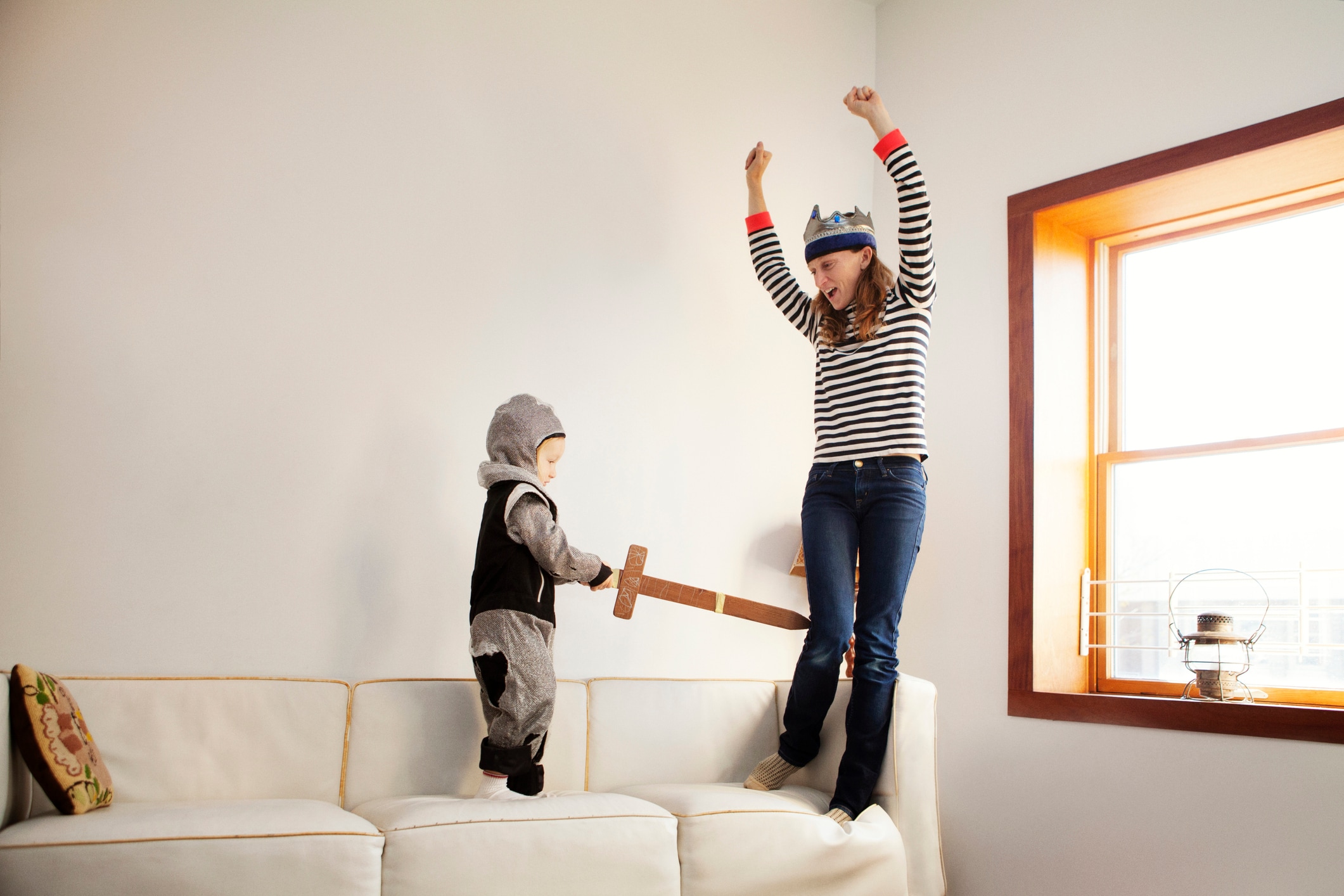Whether you’re a family caregiver or a professional, your primary job is supporting a senior’s activities of daily living. But while healthy hygiene and nutrition are important, seniors may also look to you for companionship, engagement and entertainment. This can present a challenge when you’re stuck indoors. But thinking creatively and trying something new is always worth the effort as making time in your daily schedule for engaging, brain-boosting indoor activities can be beneficial to both seniors and their caregivers.
Not sure where to start? Carol Bradley Bursack, a caregiver and author of “Minding Our Elders,” recommends asking your senior what interests them while taking their personality into account. An introvert may be drawn to quiet solo activities, for instance, while someone who previously worked in a creative field may appreciate artistic pursuits. “Try to understand each individual’s wants and needs, because one-size-fits-all doesn’t work any better with older adults than it does with any other age group,” she says.
To get started, consider this list of enjoyable, must-try indoor activities.
Indoor activities for seniors with limited mobility
Seniors with limited mobility may be used to spending a lot of time indoors, and trying new activities can present a welcome break from the routine. Opt for uplifting activities that can be comfortably done while sitting in a chair or even in bed.
Explore arts and crafts
Research has shown that seniors who create art show lower rates of hypertension and higher cognitive functioning than those who don’t. Art activities are ideal for all kinds of seniors including those with limited mobility.
“Painting with watercolor is something that many can enjoy, and since abstract designs are appreciated by most, skill isn’t required,” Bursack says. “Many older adults will surprise you once they get started, though, and paint things from their minds or their environment.”
You may also try working with modeling clay, adult coloring books or collage. Or encourage art appreciation by facilitating virtual museum visits, watching documentaries or reading and discussing art-themed books.
Encourage story telling
Anyone with 65-plus years of living is bound to have some stories to share. For seniors of sound mind, digging back into their memories and writing down their life story can be an incredibly fulfilling and meaningful activity that can be passed down as a family keepsake. Bursack recommends using online memoir-recording services such as Storyworth or Vita Life Story to get started.
Indoor activities for seniors with cognitive challenges
Older adults who have been diagnosed with Alzheimer’s disease and dementia can connect and feel engaged by fun, “failure-free” activities that encourage a sense of accomplishment and connection. It’s important to take their ability level and stage of disease into consideration, and adjust activities appropriately.
Horticulture activities
You don’t necessarily have to go outside to experience the benefits of horticulture therapy. A BMC Geriatrics study of elderly participants in Asia found that regular exposure to plants and natural environments was linked to positive psychological, social and physical health benefits. Create a container herb garden to place in a sunny window, and enjoy harvesting fresh mint or chamomile for tea. With enough space, you may even be able to grow some fruits or vegetables indoors, such as cherry tomatoes or citrus fruits. Consider their needs and abilities — if they don’t have a green thumb, lean toward low-maintenance plants like succulents and pothos.
Set up an at-home salon
For seniors with dementia or other cognitive challenges, a bit of pampering can be highly therapeutic. Research has shown that massage and touch are effective, non-pharmaceutical ways to reduce or manage anxiety and depression in dementia patients. Rebecca Strichman, an occupational therapist and co-founder of Dabblesack, a curated collection of engaging and purposeful activities for seniors, suggests setting up an at-home salon for your senior. “Have hair, make-up and nails done, or try a soothing hand massage,” Strichman says.
Indoor activities for seniors seeking companionship
Loneliness is a serious issue for many older adults. Losing friends and loved ones or simply living far from family can mean a serious lack of companionship that can lead to depression — but social connectedness can reduce feelings of depression, anxiety, and suicidal ideation, as at least one study has shown.
Here are some ways that seniors can connect from the comfort of their homes.
At-home community service projects
For seniors with a heart for community service, projects focusing on supporting those in need can foster a sense of self-esteem and enjoyment. Look to organizations like Volunteer Match for virtual opportunities like companionship phone calls, which connect volunteers with isolated seniors whose mental health may benefit from hearing a friendly voice on the phone. Other opportunities include making birthday cards or peer counseling.
Dabblesack offers a Community Service Kit with materials for participating in programs including Enchanted Makeovers, Operation Gratitude and Shelter Pets Bandana Project.
Take part in a book club
Reading has so many mental health benefits for all ages. One study even found that adults who read books lived two years longer than adults who didn’t. Whether listening to an audiobook or reading the old-fashioned way, cracking open a book is a great solo activity, but it can be social as well if you join a book club. Seniors can create their own book club group with friends or family, or join an existing virtual book club.
Consider your older adult’s interest to find an appropriate club. For instance, PBS NewsHour’s Now Read This book club is focused on making sense of today’s world, while Reese Witherspoon’s book club focuses on female authors.
The key to finding the best indoor activities
As you take on activities together, pay close attention to your companion’s responses and be ready to make adjustments as needed. “Know your elders and adjust the difficulty of what they’ve enjoyed as you go. But do so very carefully, and watch closely for their reactions,” Bursack says. For example, her own mother has exhibited frustration when given “easy” crossword puzzles after a lifetime of doing the New York Times crosswords. Although her dementia made it difficult for her to complete the puzzles, she also remembered enough to be insulted by the books aimed at seniors.
That said, sensitivity is key. “Most of all, listen to them,” Bursack says. “Let them guide you.”





